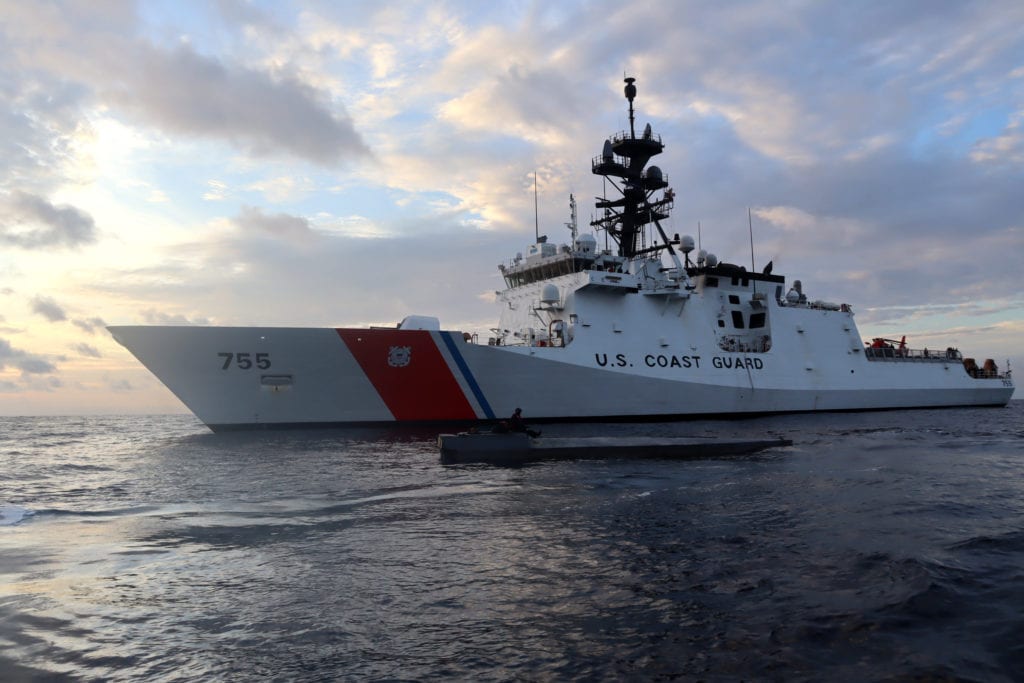
ARLINGTON, Va. — U.S. Southern Command is turning to artificial intelligence and machine learning to compensate for underfunded intelligence, surveillance and reconnaissance (ISR) capabilities to monitor international criminals and great power competitors in Latin America.
SOUTHCOM accounts for less than 1% of Defense Department ISR resources to counter external state actors, like Russia and China, and transnational criminal organizations in the region, the combatant command’s chief, Navy Adm Craig S. Faller, told a Senate Armed Services Committee hearing March 16.
“Intelligence drives everything. That allows us to have the domain awareness,” Faller said, “so we can then inform our other interagency partners of what the threats are up to.” He and another witness at the hearing, Air Force Gen. Glen Van Herk, commander of U.S. Northern Command, identified China and Russia as the two biggest threats to stability in the Hemisphere.
Faller singled out China as the main threat to U.S. interest in Latin America. “The intervention goes well beyond economic influence, [China’s] outlook with over 40 ports in progress, significant loans that are used as political leverage and predatory practices demonstrated in illegal, unreported, and unregulated fishing are weakening democratic institutions and leveraging the future of this Hemisphere. We have seen many of these same tactics in Asia and Africa over the last few decades,” he said.
The admiral went into greater detail at a Pentagon press briefing later in the day, calling those tactics “a very insidious move for global economic dominance.”
Regarding ISR limitations in the face of growing threats, from regional and international extremist groups and drug cartels, Faller said intel wasn’t limited to “big wing stuff” like P-8 maritime patrol aircraft and MQ-9 drones. SOUTHCOM has turned to what he called “21st century tradecraft,” non-traditional ISR that leverages analytics with “AI and machine learning for all the data out there that’s available in open source.”
He said two pilot programs, if converted to programs of record or based more broadly, “show great promise.” The Technical Network Analysis Cell provides actionable intelligence, in cooperation with law enforcement partners, that is shared with partner nations and interagency partners leading to disruption of criminal activities. The Asymmetric Target Acquisition Center, run by Special Operations Command South, supports law enforcement efforts to counter transnational crime organizations.
- Shall We Play a Game? Winning Isn’t the Point, Experts Say - April 5, 2023
- U.S. Goal: Maintaining Extended Presence in Arctic’s Harsh Environment - April 4, 2023
- Joint, Combined Exercise Shows Marine Littoral Regiment Idea is on ”Right Track’ - February 24, 2023






